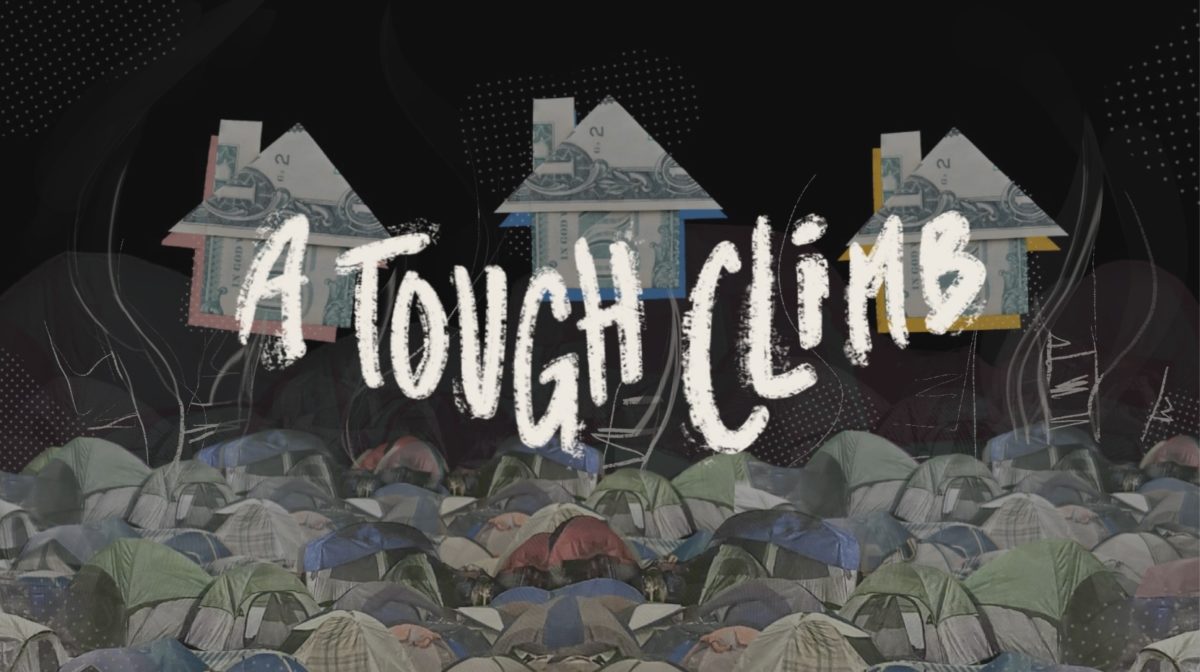 Editor’s note: This is the sixth part of a nine-part project capturing the housing reality in Contra Costa County. Conversations of homelessness and lack of affordable housing have been ongoing for decades, but what progress has been to solve this issue? The Experience’s housing project, “A Tough Climb,” was designed to give readers a better understanding of the struggles many face and the steps being taken to improve housing accessibility and security for all.
Editor’s note: This is the sixth part of a nine-part project capturing the housing reality in Contra Costa County. Conversations of homelessness and lack of affordable housing have been ongoing for decades, but what progress has been to solve this issue? The Experience’s housing project, “A Tough Climb,” was designed to give readers a better understanding of the struggles many face and the steps being taken to improve housing accessibility and security for all.
Every year, federal funding acts as the first step toward increasing accessibility in the housing market. But the amount distributed across the state, county and city levels, along with their specialized departments, accounts for how many proposals turn into projects that are executed.
The goal, however, is to “provide everyone with a place called home,” said Andra Higgs, Public Affairs Officer for the U.S. Department of Housing and Urban Development, but how will these financial plans fulfill that message? Here is how America’s money prioritizes housing for all residents.
The primary federal source HUD provides funding, enforces policies and ensures resources across all states. The budget given for the 2023 fiscal year will fulfill a request for $71.9 billion in discretionary funding.
However, as housing insecurity remains, the budget request will see a 1.6% increase from the initial enacted level to $73.3 billion in the 2024 fiscal year.
Regional Public Affairs Officers Higgs and Andrew Ten support HUD’s outreach efforts and share programs and services across Region 9, comprising California, Arizona, Hawaii, Nevada and the Outer Pacific Islands.
Ten said their focus is on creating “strong, sustainable, inclusive communities and quality affordable homes,” correlated with the organization’s national efforts.
Federal housing funds flow into California’s annual budget. Gov. Gavin Newsom’s proposed spending is subjected to the general, special and bond funds, accounting for $306.5 billion in total state money. This total was revised on May 12, 2023, as the amount has increased by 3.21% from the initial January proposal.
From there, finances are distributed across various departments, with the Housing Agency funding source gradually increasing since 2019. For the 2023-2024 revised budget, housing will account for 1.5%, with around $4.6 billion in expenditures primarily focused on housing production and affordability in the market.
Then, funds are divided into four sectors: consumer services, housing and community development, business/consumer services and housing security and others.
However, the revised budget summary acknowledges, “for these investments and laws to work, local governments must do their part — not just to comply with their state housing obligations, but to accelerate their efforts to enable the development of equitable and affordable housing in their communities.”
State law requires a balanced budget each year, and Contra Costa County presented its fiscal budget Aug. 30, with a deadline for adopting the final budget Oct. 2. Funds are allocated across the general government, health and human services, law and justice, and special districts, resulting in expenditures and revenues of $5.51 billion during the 2023-2024 fiscal year.
In due course, President Joe Biden’s annual budget proposal, released on March 9, 2023, determines these financial plans.
As Biden’s budget addresses inequalities in housing, select funds have increased from the 2023 enacted level: to advance equity and minimize housing discrimination with $90 million in support, to expand affordable rent and housing voucher programs with $54.7 billion in funds, to end homelessness with $4.2 billion in grants, and to prevent evictions with $3 billion in mandatory spending.
Billions of dollars are allocated for mitigating housing insecurity in America, yet prioritization and participation toward solving this issue determines progress across all levels.
Editor’s note
A Tough Climb is a nine-part project that addresses housing insecurity in Contra Costa County from diverse perspectives. Check out the other related stories.
- Part 1: Special project on housing insecurity
- Part 2: Reese Clayton shares housing struggles
- Part 3: Mary Grigsby grapples with housing reality
- Part 4: Homes empty, while streets are filling
- Part 5: Recent changes coming to the county’s housing market
- Part 6: The cost to make affordability a reality
- Part 7: Cities respond to housing insecurity
- Part 8: Non-profits work to be part of the solution
- Part 9: Housing resources available for residents








